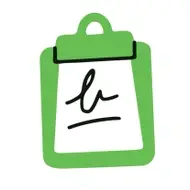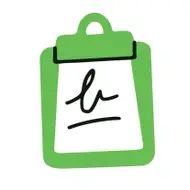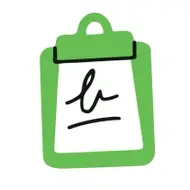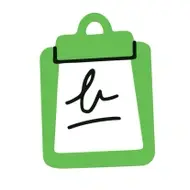Recruiting Good Candidates | It's Not About the Numbers

Having the opportunity to peek into the recruitment experiences of countless organizations, I’ve learned that hiring great candidates can often feel like a numbers game. You may be looking for just one person to fill one role but measuring the success of a job listing by the number of applications you receive.
While receiving a flurry of resumes might be exciting, you really only need one from a candidate who is best fit to get the job done. Thinking about this conundrum—quantity versus quality—I tapped Idealist’s own in-house HR expert, Angie St.Louis, to help think through why finding the one doesn’t necessarily equate to the proverbial “digging for a needle in a haystack.”
- **
How many years have you been working in an HR, Talent and/or Operations role?
I’ve been in Operations roles for 14 years and doing HR and Operations for 10.
What recruitment tasks have you performed in these roles?
I’ve done full-cycle recruitment throughout my HR career, which means I’ve helped develop job descriptions, posted listings, screened applications, performed video or phone screens, scheduled and conducted interviews, provided training for our hiring teams, developed application and interview questions, conducted reference checks, created offer letters, made job offers, and onboarded new hires.
From a recruitment perspective, what is the difference between “quantity of candidates” and “quality of candidates”?
Quantity is the amount of applications you receive for a job opening, regardless of whether or not the applicants are qualified for the role.
Quality refers to how qualified applicants are for the open role based on their experience and skills. A quality candidate is highly suited for the role.
Do you value quantity of candidates or quality of candidates? Why?
Quality for sure—I’m used to being the only person responsible for screening candidates, so focusing on quantity can mean spending unnecessary time managing applications from candidates who are not qualified for the role.
I’d rather get a smaller number of quality candidates who are a good fit for the role I am filling; this way, I can give appropriate time to each application and focus on other areas of the hiring process, such as coaching the hiring teams for interviews.
What are the benefits of having fewer, qualified candidates versus 200+ resumes submitted?
With fewer candidates, you can review the applications more thoroughly and give each candidate more attention. Most HR managers or recruiters I know want to give care to each resume and application to confirm they are selecting the best candidates. It can be discouraging if you have 200+ applications and only 10 of them are actually worth looking at— that takes a lot of time out of your day to just manage the paperwork, digitally or otherwise.
When you have a pool of quality candidates, you can create a strong pipeline for the current role, as well as potential future roles.
Focusing on quality also prevents you from having to repost a job listing if you don’t receive enough qualified candidates, which ultimately goes back to making sure that your job description is clear and accurate.
Top 3 tips for recruiting qualified candidates?
- Make sure your job descriptions and listings are extremely accurate and clearly describe what you are looking for, such as specific skills, experiences, and/or credentials or licenses.
- If the position requires specific skills, or you need to evaluate content knowledge or expertise, use the job listing as an opportunity to require applicants to answer role-specific questions, submit a writing sample, or complete a task. This way, you can have some context of candidates’ skills early in the hiring process and can follow up with more in-depth questions during interviews.
- Check professional references, ensuring that there is at least one person who supervised the candidate in a previous role. References are essentially volunteering their time to speak to you about a candidate, so be sure to craft concise and effective questions, asking for examples when appropriate. This is an opportunity to confirm key skills and/or settle any flags that may have been raised through the interview process.
Is there anything you’d recommend to our organizations to prevent an influx of applications from potentially unqualified candidates?
Be as transparent as possible about your organization and the role’s requirements so candidates have an opportunity to envision themselves in the role before applying.
You don’t want candidates jumping through tons of hoops, but it is the right of the organization to take the necessary steps to assess whether a person can and is willing to do the job. When you post on Idealist, you can require some questions to be answered before applicants can move forward in the process—doing this can help weed out some of the applicants who aren't willing to answer a few relevant questions to apply.
Organizations should also do their research on fair compensation and be transparent about what they can offer. It’s up to the candidate to decide what they need or want and if the role is right for them, but it is to the organization’s advantage to be transparent about pay so that there are no mismatched expectations further down the recruitment process.
- **
Find more tips and expert advice on everything from recruiting, hiring, and retaining quality employees using our resources for organizations.
Angie St.Louis, SHRM-SCP is Idealist’s Senior HR Manager. She was born in Brooklyn and now has an art studio less than a mile away from the hospital she was born in. She is a mixed media artist and loves serving her community through art and mentoring. Her first nonprofit job was at Queens Library while in college. After she graduated, she began working in Operations and Human Resources in various charter schools throughout New York City. She is happy to work in a role at Idealist that combines her two areas of expertise.






